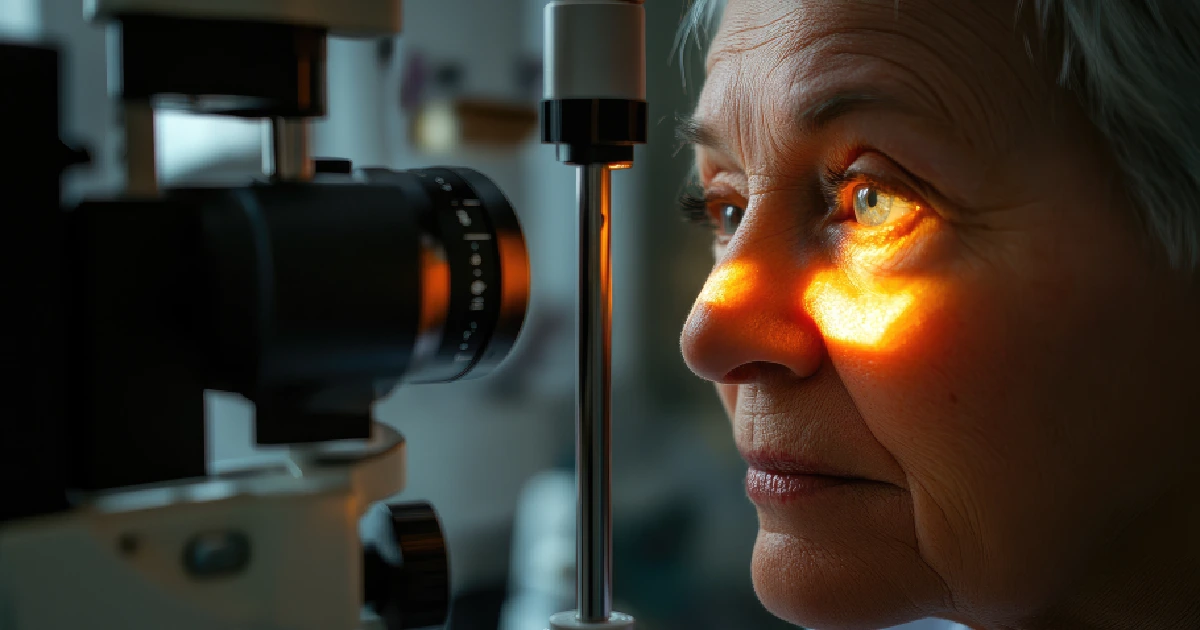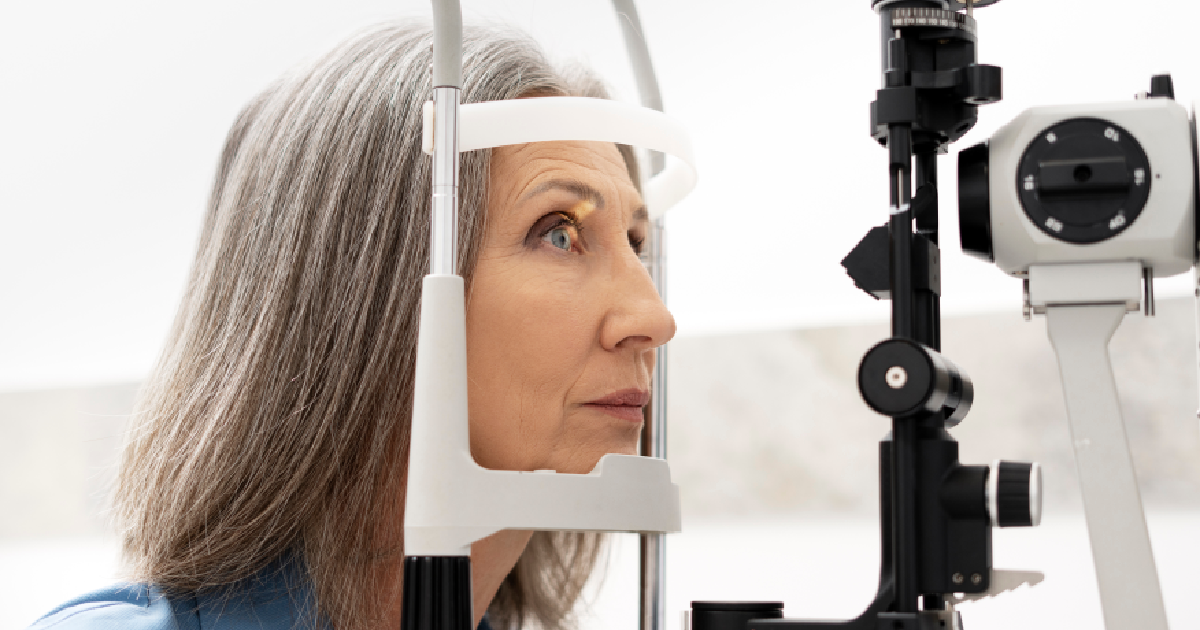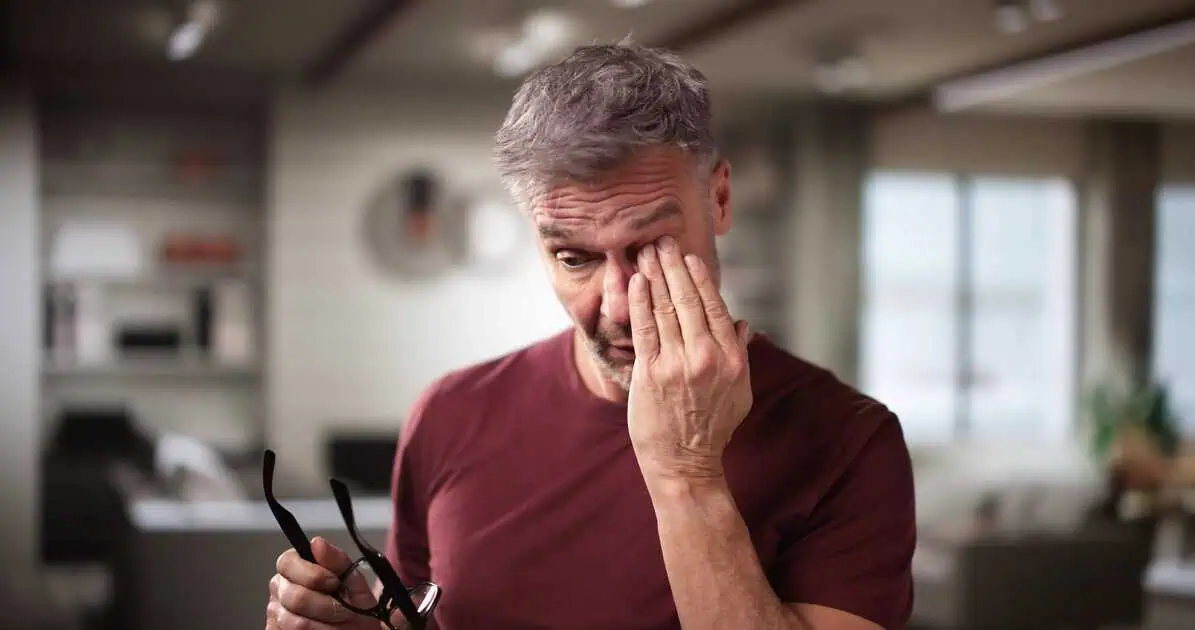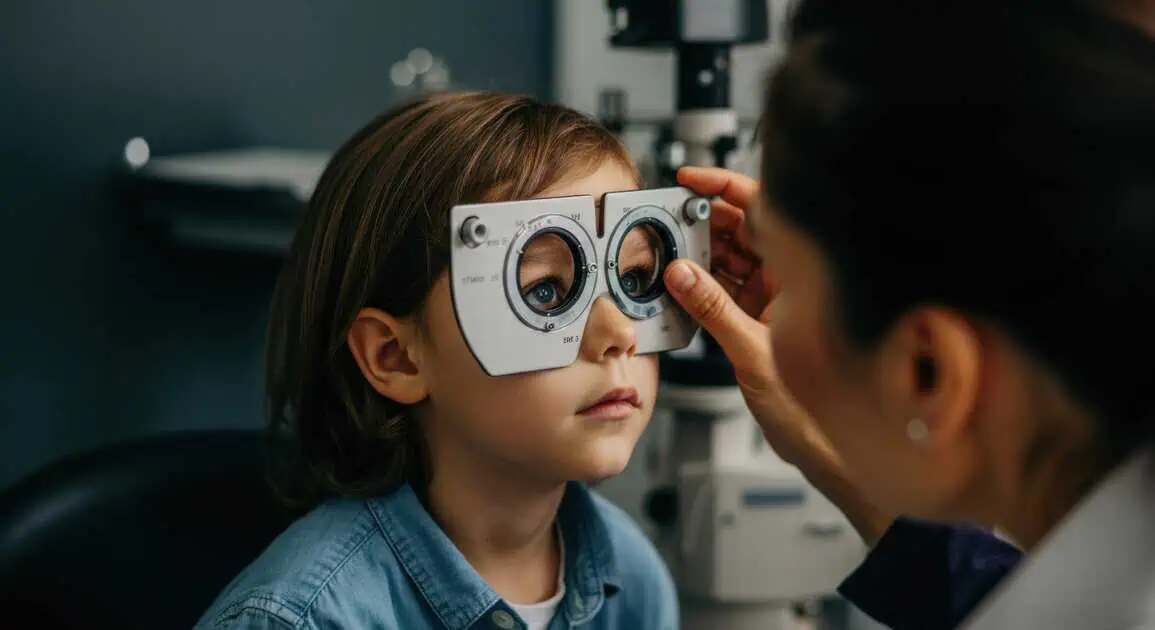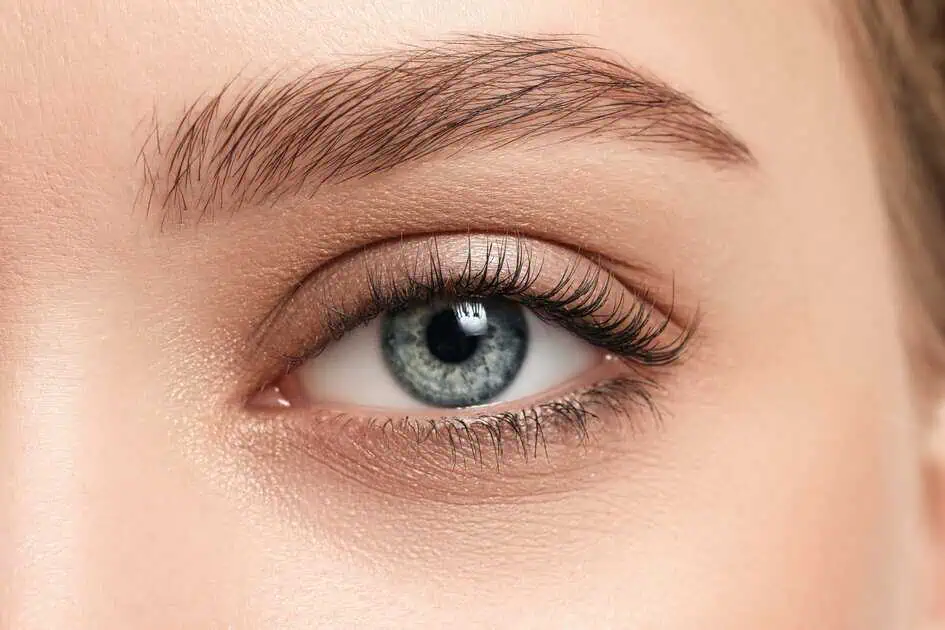Table of Contents
Have you noticed your child squinting more often or struggling to see distant objects? Do you find yourself needing stronger glasses every year? If so, myopia—commonly known as nearsightedness—could be the reason. This vision condition affects millions worldwide and is becoming more common, particularly in children and teenagers.
Myopia occurs when the eye grows too long, or the cornea is too curved, causing light to focus in front of the retina instead of directly on it. The result? Blurry distance vision while near objects remain clear. While glasses and contact lenses provide temporary clarity, they don’t stop myopia from progressing, which is where myopia control becomes essential.
Without proper management, high myopia increases the risk of serious eye conditions later in life, including retinal detachment, glaucoma, and macular degeneration. The goal of myopia control is to slow its progression, particularly in children, reducing the likelihood of these long-term complications. One innovative solution gaining attention is orthokeratology (Ortho-K), a non-surgical approach designed to manage myopia effectively.
Understanding Orthokeratology (Ortho-K)
Orthokeratology, or Ortho-K, involves wearing specially designed gas-permeable contact lenses overnight. As you sleep, these lenses gently reshape the cornea—the eye’s front surface—to correct nearsightedness temporarily. When you wake up and remove the lenses, you can enjoy clear vision throughout the day without glass or daytime contact.
This treatment provides a unique way to control myopia, especially for children with developing vision. Because Ortho-K lenses reshape the cornea overnight, they offer a non-invasive alternative to the surgical approach LASIK. Unlike permanent surgical corrections, Ortho-K is reversible, meaning if you stop wearing the lenses, your cornea will gradually return to its original shape.
Benefits of Ortho-K for Myopia Control
One of Ortho-K’s most significant advantages is its potential to slow the progression of myopia. Research suggests that children using Ortho-K lenses experience a slower eye elongation rate than those wearing regular glasses. This helps lessen high myopia, which is associated with more severe eye health issues later in life.
Other benefits that you can experience include:
1. Daytime Vision Without Glasses or Contacts
For many, Ortho-K’s biggest appeal is the freedom it provides. Since the lenses are worn at night and removed in the morning, users can go about their day without needing glasses or contacts. This is especially beneficial for children and teenagers involved in sports or outdoor activities or those who find glasses inconvenient.
2. Non-Surgical and Reversible
Unlike LASIK or other refractive surgeries, Ortho-K doesn’t permanently alter the eye’s structure. If a user decides to stop wearing the lenses at any point, their vision will gradually return to its pre-treatment state. This makes Ortho-K a safe and flexible option for both children and adults who may not yet be ready for surgery.
3. Comfortable and Safe When Used Correctly
Although Ortho-K lenses require proper care and hygiene, they are designed to be safe for long-term use. Regular eye checkups ensure the lenses fit well and the cornea remains healthy. Most users adapt to wearing them within a few nights, experiencing little to no discomfort.
Who Can Benefit from Ortho-K?
Ortho-K is particularly effective for children and teenagers with mild to moderate myopia, as early intervention can significantly slow down progression. However, adults with myopia who want an alternative to glasses and daytime contact lenses may also find Ortho-K beneficial.
This treatment is ideal for:
- Children showing signs of rapid myopia progression
- Teenagers and young adults who play sports or have active lifestyles
- Adults who prefer not to wear glasses or daytime contacts but are not ready for LASIK
- Individuals in professions that require clear vision without corrective lenses, such as law enforcement or aviation
Is Ortho-K the Best Treatment for Myopia Control?
While Ortho-K is a highly effective method for managing myopia, it’s important to remember that it is one of several myopia control strategies. Other approaches include:
- Atropine eye drops – Low-dose atropine has been shown to slow myopia progression in children, though it does not provide the same daytime vision correction as Ortho-K.
- Multifocal contact lenses are daytime lenses designed to reduce eye strain and slow myopia progression.
- Lifestyle changes – Increased outdoor activity and reduced screen time have also been linked to a lower risk of myopia progression in children.
The best treatment depends on individual factors such as age, prescription strength, and lifestyle needs. Consulting with an eye specialist, such as the experienced team at Norwood Park Eye Center, can help determine whether Ortho-K or another method is the right choice.
What to Expect When Starting Ortho-K
If you’re considering Ortho-K for yourself or your child, here’s what the process typically looks like:
- Comprehensive Eye Exam – An eye doctor will evaluate your prescription, corneal shape, and overall eye health to determine if Ortho-K is a good fit.
- Lens Fitting – Custom lenses are designed to match your eye’s unique curvature, ensuring optimal reshaping and comfort.
- Initial Adjustment Period – It may take a few nights for vision to stabilize. Some users experience clearer vision after just one night, while others need up to two weeks for full effect.
- Regular Follow-ups – Ongoing checkups ensure that the lenses fit properly and that myopia control remains effective.
Taking Care of Ortho-K Lenses
Proper lens care is essential for maintaining eye health and achieving the best results. Here are a few key tips:
- Always wash and dry your hands before handling the lenses.
- Use the recommended cleaning solutions to disinfect and store them properly.
- Avoid using tap water to rinse the lenses, as this can introduce bacteria.
- Stick to your eye doctor’s schedule for lens replacement and checkups.
Following these guidelines helps prevent infections and ensures that the lenses continue to work effectively.
The Future of Myopia Control
As myopia rates continue to rise worldwide, innovative solutions like Ortho-K are becoming more crucial. Researchers are actively studying new treatments and combinations of therapies to enhance myopia management further. With ongoing advancements, the goal is to provide more accessible, effective, and long-term solutions for individuals at risk of high myopia.
Final Thoughts
If you or your child is experiencing myopia, now is the time to take control of their vision and future eye health. Waiting too long can increase the risks of high myopia and its potential complications. Orthokeratology (Ortho-K) provides a non-surgical, effective solution to slow down myopia progression, allowing you to enjoy clear vision without the hassle of daytime glasses or contact lenses.Don’t wait until myopia worsens—take the first step toward better vision today. Consult a trusted eye care specialist to explore if Ortho-K is right for you. Learn more about Orthokeratology for Myopia Management here.

